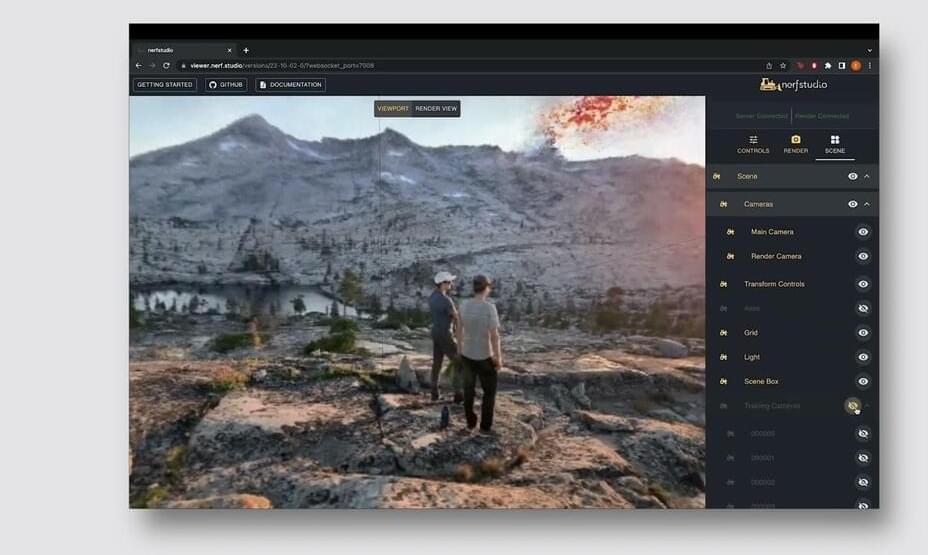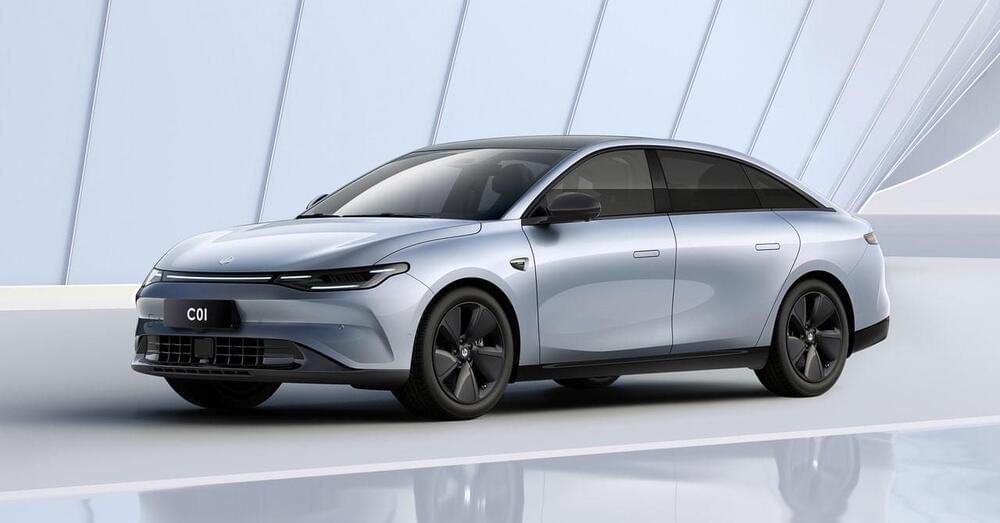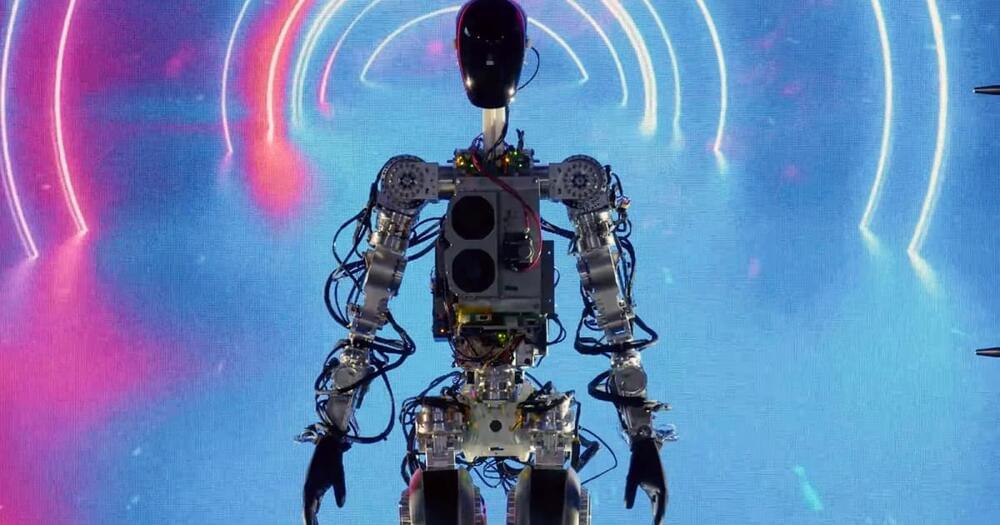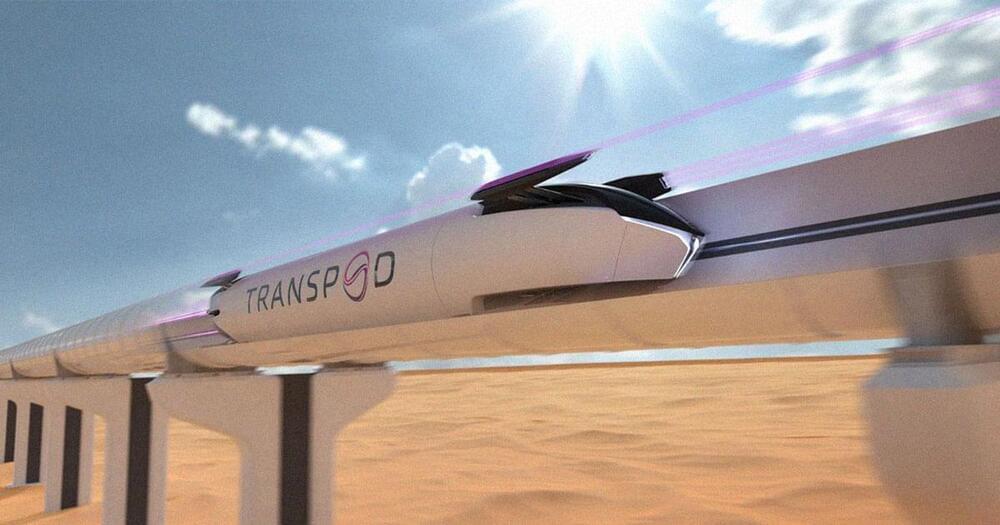New to nerfstudio? Here we walk you through a step-by-step process on how to turn your favorite capture into a trendy 3D video in minutes.
Github: github.com/nerfstudio-project/nerfstudio.
Discord: discord.gg/uMbNqcraFc.
Twitter: @nerfstudioteam.

New to nerfstudio? Here we walk you through a step-by-step process on how to turn your favorite capture into a trendy 3D video in minutes.
Github: github.com/nerfstudio-project/nerfstudio.
Discord: discord.gg/uMbNqcraFc.
Twitter: @nerfstudioteam.

WEIGHT IS ONE of the biggest banes for car designers and engineers. Batteries are exceedingly heavy and dense, and with the internal combustion engine rapidly pulling over for an electric future, the question of how to deal with an EV’s added battery mass is becoming all the more important.
But what if you could integrate the battery into the structure of the car so that the cells could serve the dual purpose of powering the vehicle and serving as its skeleton? That is exactly what Tesla and Chinese companies such as BYD and CATL are working on. The new structural designs coming out of these companies stand to not only change the way EVs are produced but increase vehicle ranges while decreasing manufacturing costs.
Continue reading “A New Approach to Car Batteries Is About to Transform EVs” »
Prof. Ehud Pines (pictured above) is an iconoclast. What else can you call a scientist who spent 17 years doggedly pursuing the solution to an over 200-year-old chemistry problem that he felt never received a satisfying answer using methods no other scientist thought could lead to the truth? Now, he is vindicated as the prestigious Angewandte Chemie journal published a cover article detailing how his experiment was replicated by another research group while being x-rayed to reveal the solution Prof. Pines has argued for all along.
The question at hand is: How does a proton move through water? In 1,806, Theodor Grotthuss proposed his theory, which became known as the Grotthuss Mechanism. Over the years, many others attempted an updated solution realizing that strictly speaking, Grotthuss was incorrect, but it remained the standard textbook answer. Until now.
Prof. Ehud Pines suggested, based on his experimental studies at Ben-Gurion University of the Negev in the Department of Chemistry, together with his PhD student Eve Kozari, and theoretical studies by Prof. Benjamin Fingerhut on the structure of Prof. Pines’ protonated water clusters, that the proton moves through water in trains of three water molecules. The proton train “builds the tracks” underneath them for their movement and then disassembles the tracks and rebuilds them in front of them to keep going. It’s a loop of disappearing and reappearing tracks that continues endlessly. Similar ideas were put forward by a number of scientists in the past, however, according to Prof. Pines, they were not assigned to the correct molecular structure of the hydrated proton which by its unique trimeric structural properties leads to promoting the Grotthuss mechanism.

The first year of production is already sold out. Almost every major component of the car is designed, engineered, and built at Rimac weeks or months prior to each car being finished, and installed in the last phase of production – the vehicle assembly which takes about five weeks per car.
The Rimac Nevera has already won a number of awards, including being named Best Hypercar by the prestigious Robb Report, GQ and Top Gear.
Musk hasn’t specified how many trucks, the company can roll out.
The long wait for Tesla’s Semi Trucks may have finally come to an end after CEO Elon Musk tweeted that the company would begin deliveries to Pepsi Co starting December this year.
Tesla and its investors must be hopeful that the Semi Truck will herald a new age in electric trucking just as the company’s sedans did for the passenger vehicle segment. Owning a Tesla has been a matter of pride for many who took the plunge into electric vehicles way before governments could even think of electric vehicle sale mandates.
Continue reading “Musk says Tesla to deliver its first Semi truck to Pepsi on December 1” »
Amazon has announced that it will purchase 20 electric semi-trucks from Volvo Trucks to be used in its German delivery network.
Volvo Trucks has been producing electric semis since 2019, and they are continuing to expand their sales by now selling 20 electric semi-trucks to Amazon for use in Germany. The Volvo FH electric semis will be used by Amazon to complete large domestic deliveries and are expected to travel over 1 million kilometers annually.
Amazon has high expectations for its new fleet of electric-semis. Each Volvo will be expected to travel 500 kilometers daily, nearly double the Volvo FH’s 300-kilometer range. Furthermore, they will replace diesel tracks and be expected to perform well in the same role. Spokesmen from Amazon and Volvo are optimistic and see the new fleet as critical to Amazon’s efforts to decarbonize their transport system.
A technology developed for use in space may turn out to be a breakthrough for the electric vehicle industry making 5-minute recharges possible.
FBCE which stands for flow boiling and condensation experiment is a space technology that may soon be incorporated into EV charging cables.

CEO Elon Musk unveiled two prototypes of the Tesla robot at his company’s second annual AI Day — and while the bots are nowhere near as impressive as some of the humanoids we’ve seen before, they could have a bigger impact on the future of work.
The Tesla robot: In 2021, Tesla held its first AI Day, a livestreamed event to present its latest developments in AI hardware and software, with a focus on Tesla cars’ Autopilot system.
Continue reading “Elon Musk demos humanoid robot, which will cost less than $20K” »

A Canadian startup called TransPod wants to revolutionize ground-based transportation by sending magnetically levitated trains through vacuum-sealed tubes at ludicrous speeds.
It’s a highly ambitious — and immensely expensive, nevermind comically vague — concept that’s generated some serious buzz in recent weeks.
Continue reading “Startup Says Train Powered by ‘Veillance Flux’ Could Travel 620 MPH” »
A new AI system can create natural-sounding speech and music after being prompted with a few seconds of audio.
AudioLM, developed by Google researchers, generates audio that fits the style of the prompt, including complex sounds like piano music, or people speaking, in a way that is almost indistinguishable from the original recording. The technique shows promise for speeding up the process of training AI to generate audio, and it could eventually be used to auto-generate music to accompany videos.
